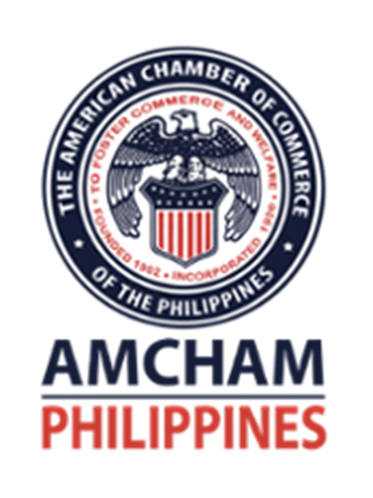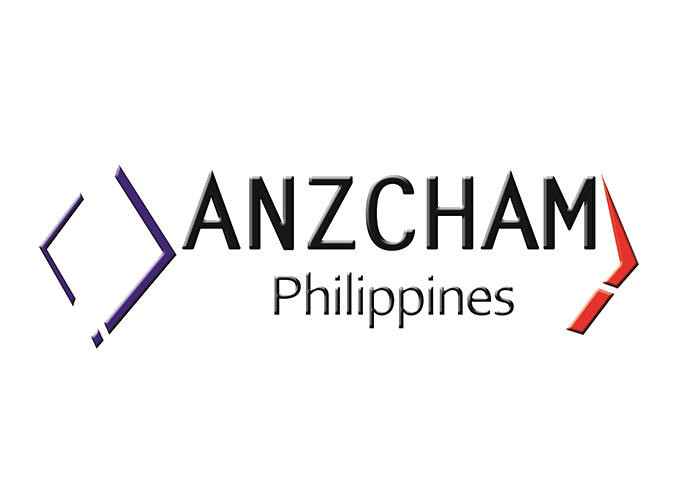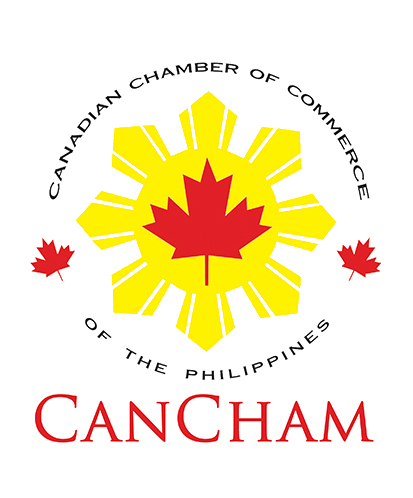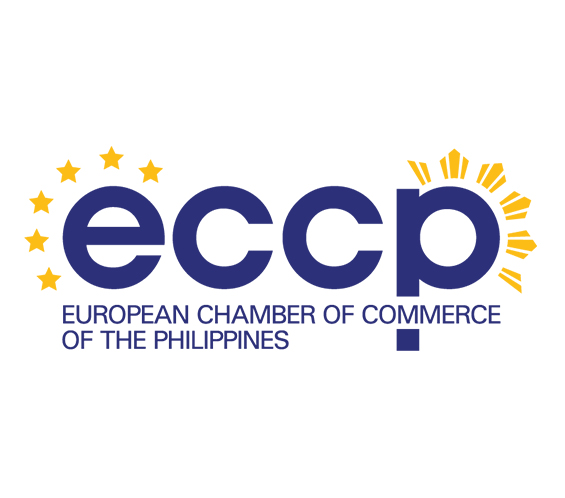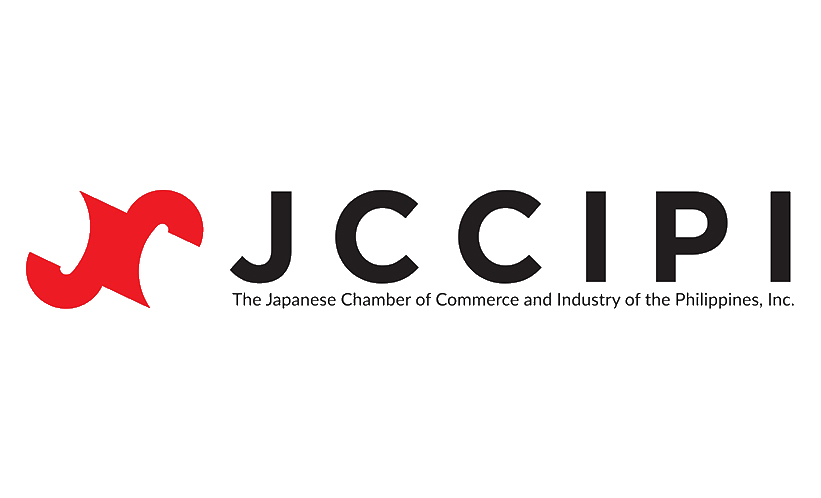Commentary: Enhancing human capital in the 10-point agenda
September 21, 2017 at 14:00
Commentary: Enhancing human capital in the 10-point agenda

Students make their way to their classrooms during the start of the school year at the President Corazon C. Aquino Elementary School in Quezon City in June. MICHAEL VARCAS
What do we need to advance this country over the long term?
As we espouse in the Stratbase ADR Institute, the administration needs to take a strategic perspective in governing—a perspective that balances short-term needs with long-term requirements, and that looks at ways in which the different gears of the economy function together. In advocating this holistic view, we are happy to work with and participate in the initiatives of other civil society and business actors that are doing their part to encourage the government to take big steps forward across society.
The recently held Arangkada forum, hosted by the Joint Foreign Chambers, is one such initiative.
In other columns, we have looked at the importance of injecting dynamism into the investment environment and of monitoring the plans for the nationwide infrastructure drive called Build, Build, Build.
In this article, we focus less on ‘big-ticket’ works that, if implemented, could have an outsize impact on the economy, and more on shoring up key sectors that are fundamental to the future wellbeing of this economy. One good example is the education sector and the Philippines’ human capital.
Preparing the Labor Force
With technological advancements, new jobs are created at a faster pace than before. By some estimates, around 65 percent of children who enter primary school today will end up working in jobs that still do not exist—even jobs that we have not even imagined.
To come to terms with this reality, we have to break down some of the walls that make us think that high-technology careers are niceties for the future, instead of a certainty that we should be managing even in the present. This reality means that we should already be equipping our children with technology skills that will help them to compete in the future marketplace—and, in doing so, we will help to avoid some of the potentially adverse effects of disruptive technologies.
The World Economic Forum’s 2017 Human Capital Report puts the Philippines in the 50th place out of 130 countries. The report revealed that the Philippines fared poorly in ‘deployment’, an indicator that covers people’s accumulation and application of skills in the workplace.
In the same vein, the Labor Force Survey shows that while unemployment and underemployment are slowly improving, they still remain high. In particular, underemployment, at 16.3 percent in July, reveals that people are seeking more work and better jobs.
However, several business groups have complained about the lack of skilled labor, again highlighting the disconnect between labor’s demand and supply. This only further shows the urgency of adapting the way that we train and capacitate our workforce.
During Arangkada’s panel discussion on Human Capital, a representative from the IT sector shared that to remedy the skills mismatch, several IT companies have taken the initiative to build relationships with the academe, providing teaching-training and helping design the curriculum to fit industry needs.
This should be a welcome move for students and their families, who will have a better shot at getting and excelling in good jobs after they graduate. This move could be extended to other sectors as well, as our industrialists can take proactive steps to ensure the next generation is ready to take on technical roles.
Beyond the technical side, however, it should go without saying that soft skills continue to be crucial. Some of these skills, like adaptability, will be especially important for an information-charged world. Others, like integrity and good interpersonal communication, continue to be prized for keeping organizations—whether government agencies or businesses—running smoothly.
Arangkada recommendations for education
An Arangkada publication, distributed during the forum, outlines the group’s list of recommendations for the government’s attention. There are several recommendations, many of which are already present in some of the government’s planning documents. In support of further improvements to the education sector, here are nine recommendations (taken directly from Arangkada) that have not yet been integrated into the government’s plans:
- Commit to an increasing public education budget of 4% of GDP. Double the average spending per studied (from 2010) to be closer to other ASEAN economies.
- Narrow the skill-jobs mismatch by revising curricula and training and retraining the workforce for hard-to-fill jobs of the present and future economy. Support greater interaction between TESDA and the private sector.
- Empower teachers by constantly improving their quality and curriculum to help students acquire the knowledge and skills required to enable them to get higher quality jobs. Apply competency based-standards for teachers and provide more in-service training, while maintaining their welfare and morale
- Basic education and college curricula should increase study of science, technology, and math subjects
- Encourage more college students to study fields needed for specialized positions (e.g. agribusiness, computer science, engineering, environmental science, mining, and physics). Tech more foreign languages in colleges to support the BPO and tourism sectors
- Intensify investment in technology for public education. Complete the connection of some 7,000 high schools to the internet. Equip high school teachers with notebook computers and students with e-readers. Place internet-connected computer labs in elementary schools
- Resolve administrative barriers (importation fees) to the donation of used computers by PEZA locators to the education sector. Hundreds of thousands of units could be given to help students learn essential computer skills
- Change laws and rules to allow qualified foreign schools to operate and foreigners to teach in the Philippines.
- Strengthen the Dual Education/Dual Technical System by expanding scholarships and involving the private sector in the curriculum development and internships.
Final thoughts
The Arangkada forum tackled many other issues, including industrialization, logistics, and agribusiness. If we had to choose a universal theme from the conference, however, it was the importance of forging partnerships and strengthening communication across different stakeholders, including the academe, the public sector, and the private sector, to bridge existing gaps and identify areas for reforms and cooperation.






















